After reading these 5 photos, I realized that the universe was so beautiful!
Author:Shanghai translation Time:2022.07.16

At around 22:30 on July 12, 2022, Beijing time, astronomers have announced the first photos taken by Wabbu Space Telescope (JWST) one after another. This set of photos includes: Nebula on the bottom of the ship, the south ring cloud, the outer planet WASP-96 B spectrum map, the Stephen five-star galaxy, and the Webu's first universe (Web's First Deep Field).
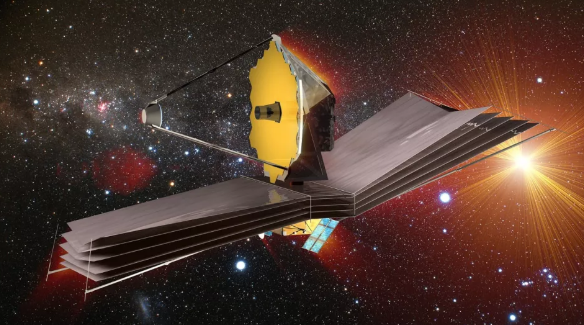
Webao Space Telescope is a large -scale infrared space telescope developed by the United States Aerospace Administration (NASA), and it is also the largest space telescope to date. The total cost of the telescope costs about $ 10 billion, which lasted for more than 20 years. It was mainly used to study the evolution of stars and galaxies in the early universe. Let's appreciate the first collection of cosmic photos of this tens of billions of dollars telescope.
1
Five photos, five universe wonders
1. Carina Nebula, about 8,500 light years from the earth, located in the bottom of the southern sky. The nebula has a large number of large -quality stars, including the famous ship base η star system, which is famous for the frequent eruption and rapid brightness changes. In fact, the bottom of the ship is four times larger than the Orion. However, because it is located in the southern sky, it was not until 1752 that the French astronomer Laki was discovered and recorded in the corner of Africa.
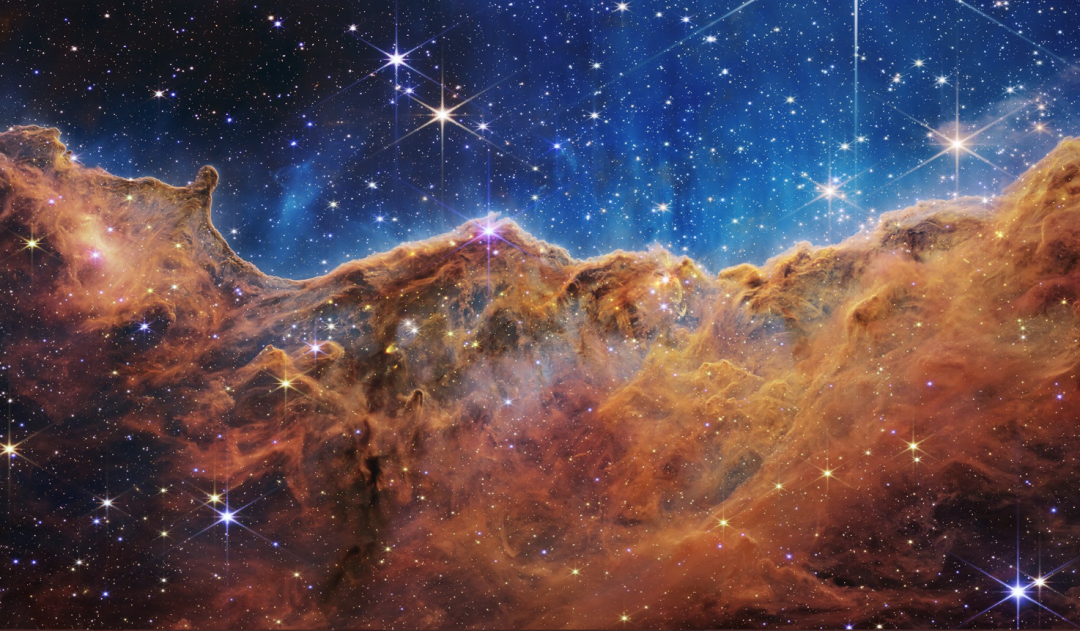
Note: The nebula on the bottom of the ship, a large number of large -quality stars in the nebula.
2. Southern Ring NEBULA, also known as the eight cracks, is about 2000 light years from the earth, located in the sails. This is a planetary nebula, a circular structure formed by the substance erupted by a star -like star. There is a white dwarf in the central area, and the temperature can reach 100,000 degrees. The ultraviolet rays emitted inspired the surrounding gases.
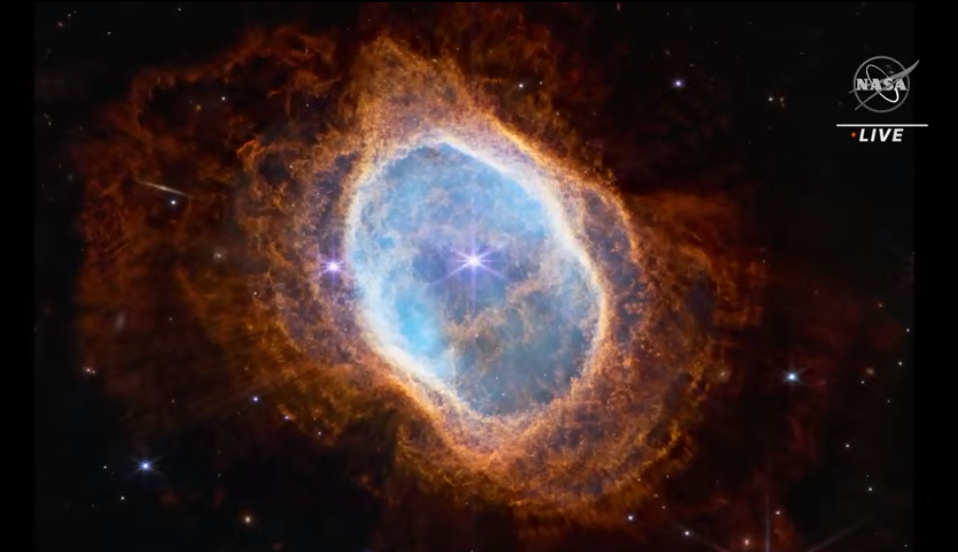
Caption: South Ring Nebula (Planetary Nebula), about 2000 light years from the earth.
3. WASP-96 B is an outer planet. As the name suggests, this is an planet running around other stars outside the solar system. The quality of this planet is about half of Jupiter, which is very close to the central star. The revolution cycle is only 3.4 Earth Day. The surface temperature is very high, which is more suitable for spectral analysis.
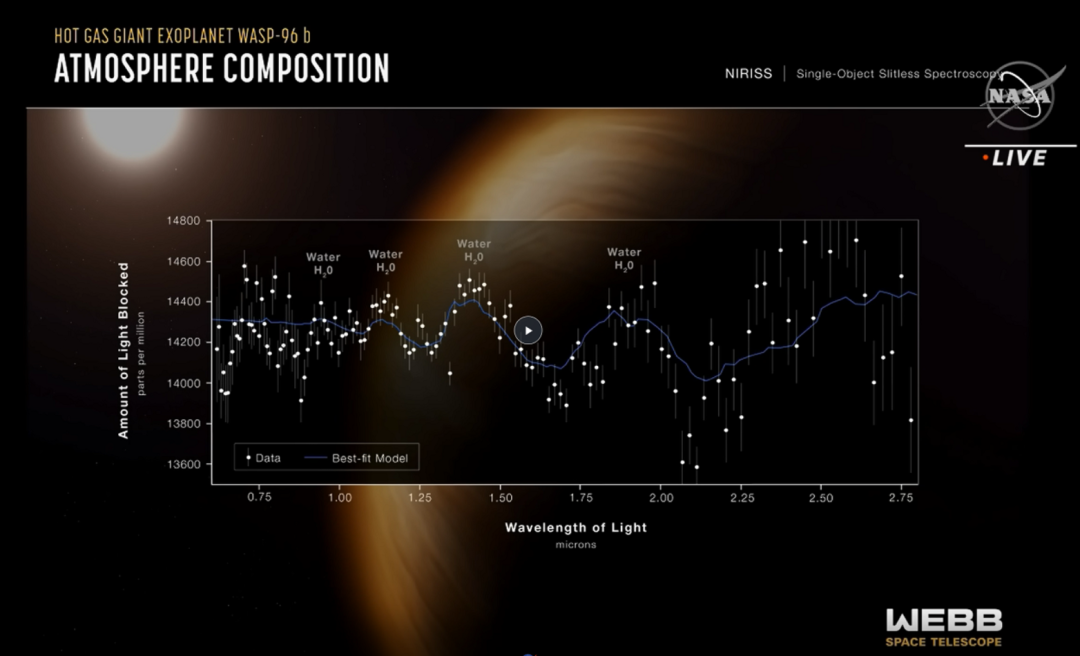
Caption: Wasp-96 B spectrum.
4. Stephan's Quintet is a galaxy group, which looks like five galaxies, but only four galaxies are closer. They are merging. This five -stroke was discovered by the French astronomer édouard Stephan, so it was named Stephen's five -heavy galaxy.
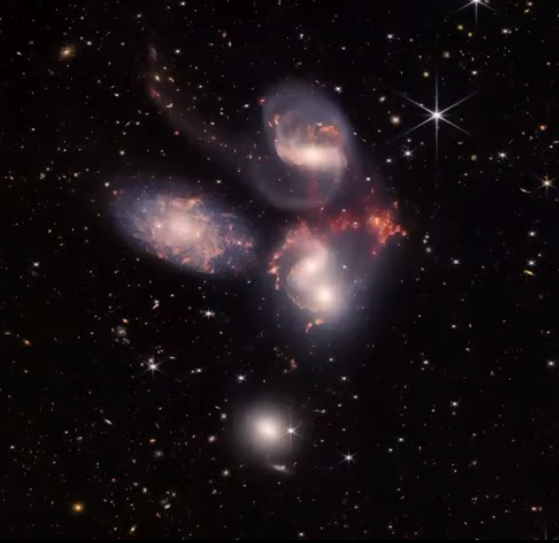
Caption: Stephen Five Staries.
5. The photo of "Webu's first universe deep field" is the oldest and clearest universe scene taken by humans in the infrared band so far. In order to get this photo, the Weibu Telescope has been exposed for 12.5 hours.
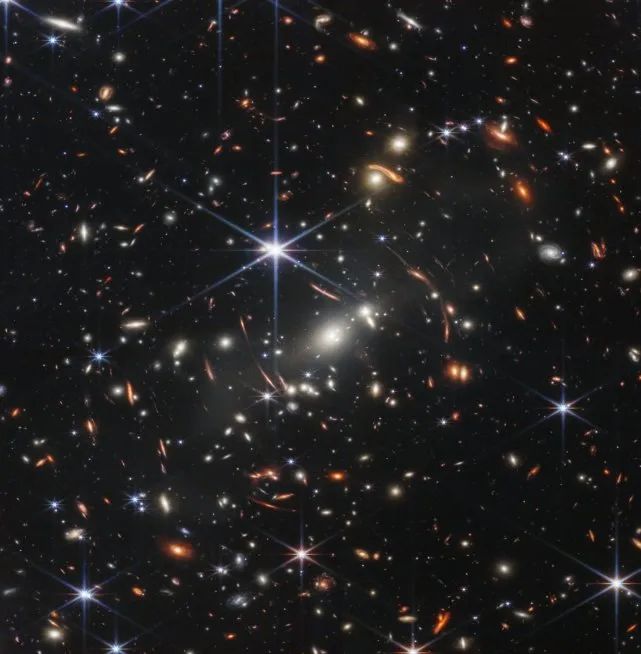
Note: Weibu's first photo of the "Cosmic Field", which is the oldest and clearest universe scene taken by humans in the infrared band so far.
The central area of this photo is an galaxy group (number SMACS 0723). The galaxy group is located in Nantian District, about 4.6 billion light years from the earth. It acts as the role of "magnifying glass" (gravitational lens) and can enlarge more distant and older galaxies. If you look closely, you will also find that there are many long spots in the photo. These light spots are distorted by the gravitational gravity of the galaxy group. It is worth noting that the bright stars exuding bright stars in the photo are actually the prospects in our galaxy, which is relatively close to us.
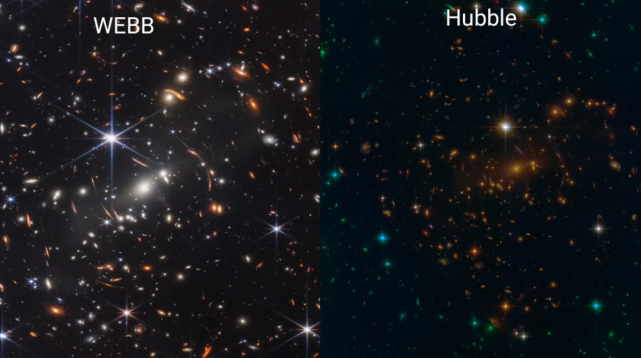
Picture Note: Comparison of Webb deep air field with Hubble deep air field (right)
Earlier, the Hubble Telescope also took a photo of a cosmic field in the same area. The contrast between the two can see that the sharpness is very different. However, it should be noted that Hubble's deep photos are mainly taken under the light, and a small part of the infrared part is nearly infrared, and Weibu was completely taken under the infrared.
2
What is the Wabbu telescope than the Huber telescope?
The Weibu telescope is currently launching the largest space telescope, with a caliber of 6.5 meters, which is spliced from 18 hexagonal gold -plated lenses. In contrast, the caliber of the Hubble telescope is 2.4 meters. The larger the caliber of the telescope, on the one hand, it can collect more photons and see more darker celestial bodies; on the other hand, it can increase resolution and see more details.
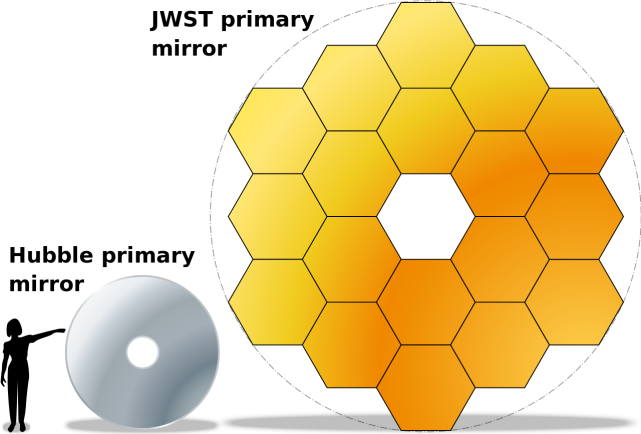
Picture Note: The size of the main mirror of the Hubble telescope and the Webu Telescope.
The biggest difference between Wabbu telescope and Hubble telescope is that their working bands are different. The Weibu telescope mainly works in near -infrared and medium -infrared light zones, as well as a small number of visible light areas, while Hubble mainly works in visible light zones and ultraviolet light areas, as well as a small number of near -infrared light zones.
Thanks to the large -caliber infrared observation capabilities, the Weibu Telescope is expected to observe the stars and galaxies in the early universe, which can deepen our understanding and evolution of the formation and galaxy, and even directly detect the atmospheric components of the external planet directly as the outer planet. Explore the signs of the existence of alien life.
3
Wabu telescope is the successor of the Hubble telescope?
The Wubu telescope, like the Hubble telescope, is a huge "flagship" celestial physics project. In this sense, it can be regarded as the successor of the Hubble Telescope. But in strict scientific sense, the two are more complementary relationships. Picture Note: The size of Weibu and Hubble.
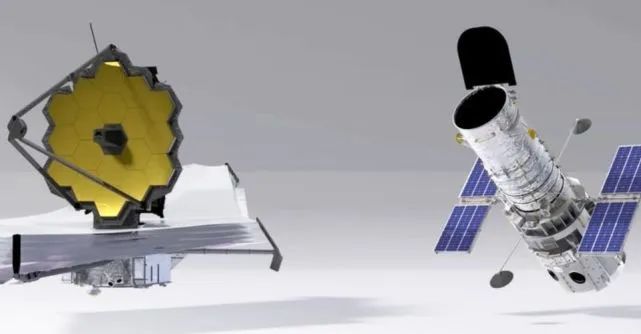
We mentioned on the article that the Weibu telescope is mainly working in near -infrared and medium -infrared light zones, as well as a small number of visible light areas, while Hubble mainly works in visible light zones and ultraviolet light areas, as well as a small number of near -infrared light areas. The Weibu telescope is mainly used to study the birth of stars and galaxies in the early universe. From the perspective of scientific research goals, the Wabbu Telescope can be regarded as another retired infrared space telescope -the successor of the Sibazawa telescope.
Hubble Telescope launched in 1990 and has spent 32 spring and autumn. Although it has experienced many twists and turns, especially in recent periods, problems often have problems with computers. No surprise, the Hubble telescope can work until the 2030s and even the 2040s.
Wabbu telescope is different from the track of Hubble telescopes. The former runs at the Ragron Day L2, which is 1.5 million kilometers from the outside of the earth, and the latter runs on the orbit of only 500 kilometers away from Earth. This means that there is a problem with the Hubble telescope and can also be repaired on the orbit. Once there is a problem with the Weibu telescope, according to the current human aerospace ability, it really does not help.
The L2 point of the Weibu telescope is unstable. It must be maintained by consuming fuel. According to the speed of fuel consumption, the expected working life of the telescope is 10 years. It is estimated that by then, the Hubble telescope is still alive.
4
What is the main scientific goal of Wudu telescope?
According to official information, the Weibu telescope mainly has four major observations. The summary is as follows:
Illustration: The drawing on the lens reflects the observation goals of the Weibu telescope (artistic map)
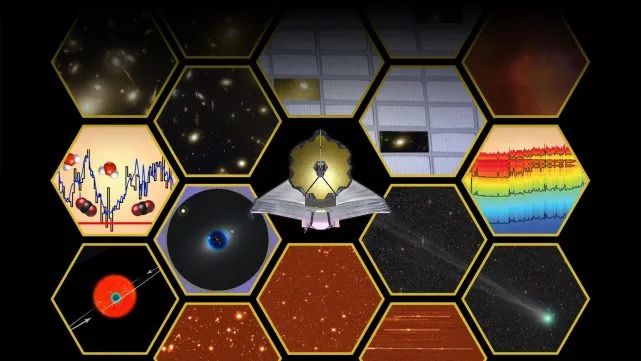
1. Observe the light from the first batch of stars and baby galaxies after observing the Big Bang of the Universe;
2. Research on the formation and evolution of galaxies;
3. Understand the formation of stars and planetary systems;
4. Observe the signs of life on the exogenous planet;
These are scientific goals that can be observed more effectively in infrared bands.
5
What is the difference between Wob telescope and Guizhou FAST Telescope in my country?
A friend around me asked this question, and let's answer it briefly here. The difference between these two telescopes is too large, much larger than Weibu and Hubble.
Fast telescope
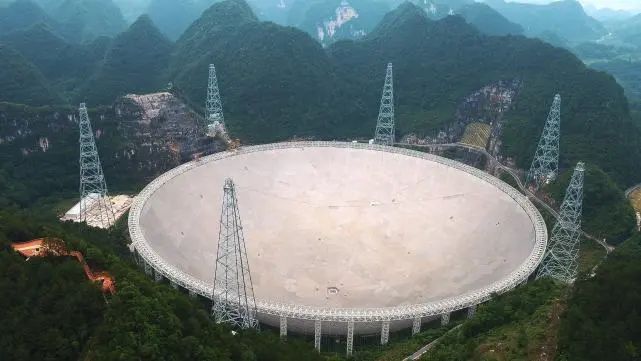
Fast telescope located in Guizhou, my country, commonly known as the "Sky Eye" telescope, has a caliber of 500 meters, but the Fast Telescope is a foundation telescope, mainly working in the radio power band (the wavelength of 0.1 meters to 4.3 meters). Due to the better transparency of the atmosphere on the radio power band, this type of telescope work well on the ground.
The Wabbu telescope is an infrared telescope. The water vapor and carbon dioxide in the earth's atmosphere have a strong absorption of infrared. Therefore, it is necessary to launch to the space to observe, and the complexity and cost index increase.
6
When can China have its own space mirror?
According to the plan, my country will launch the "Sky Tour" optical cabin with the space station with the space station in 2023. This is known as the Chinese version of the Hubble Telescope. The telescope is the largest and most advanced space astronomical telescope in my country so far. Essence
Illustration: Optical Class (Art Picture).
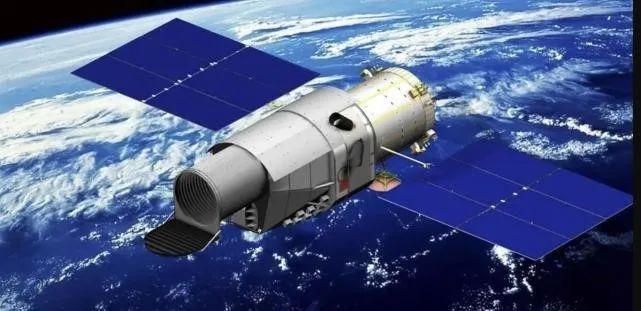
According to relevant reports, the optical cabin of the "Sky Tour" is equipped with a optical telescope with a caliber of 2 meters, which is comparable to Hubble, about 0.15 cents, but the field is more than 300 times that of Hubble, which means that its sky patrol efficiency is efficient higher. It is estimated that if you have been on the track for 10 years, you can observe more than 40%of the sky, and we look forward to constantly refreshing our understanding of the universe.
(Finish)
The "Astronomical Student Diary", the first female astronaut in Italy, Sammanha Christopher, hardcore technology+humanistic care, recorded the whole process from the little girl who looked up at the starry sky to the aerospace hero and women's example. Traveling the vast universe.
质 Click to buy paper books (over 100 minus 50)
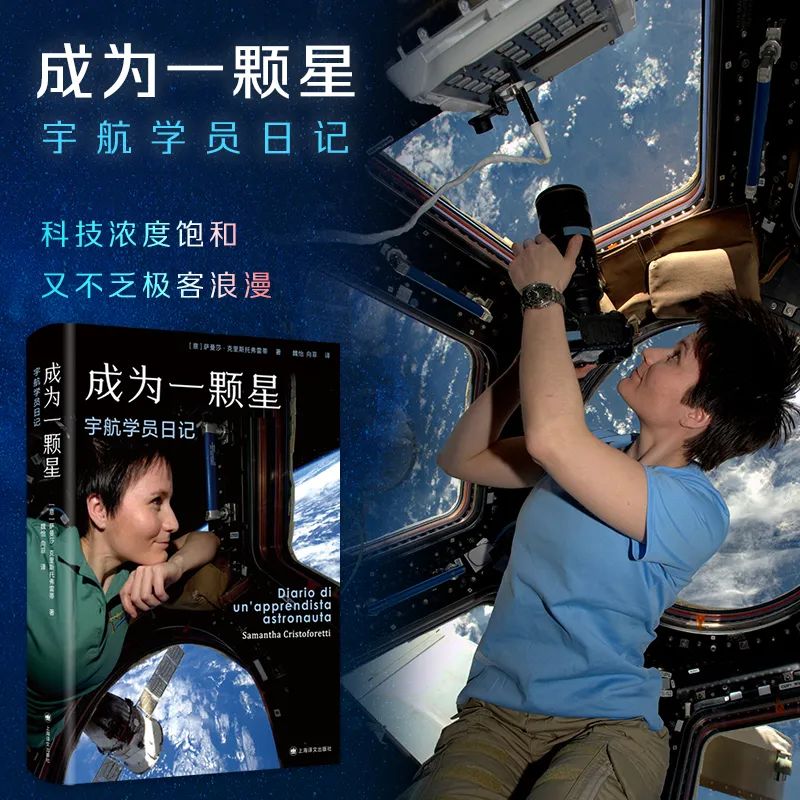
Bleak
[Italian] Samantha Christopher with Wei Yi translated Shanghai Translation Publishing House
- END -
Jinzhong City Planning and Natural Resources Bureau investigated flood prevention and disaster prevention and ground disaster prevention work in Shouyang

On July 9th, due to extremely harsh weather, some towns and villages in the northe...
[Human Resources and Social Day Class · July 14] What is a temporary account for pension insurance?

Greet your good morning to you every morningShare a practical knowledge of a human...